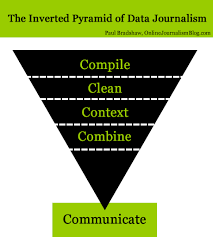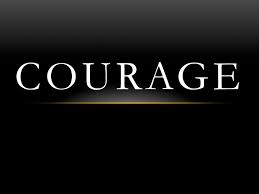The Inverted Pyramid of Journalism and the art of writing a good story
One of the most basic fundamentals of journalism/journalistic writing is the Inverted Pyramid.
If put in simple terms, it is a technique to sort out or segregate your information according to the newsworthiness – beginning with the most important, followed by less important, and then finally ending with the least important.
The lead should be mostly concerned with the 5 Ws and 1H – What? Why? Where? When? Who? and How? This constitutes the first layer of the pyramid, therefore, the introductory paragraph should ideally answer these essential questions.
The second layer of the pyramid is the body of the story and should contain other important information about the story- sequence of events, quotes, evidences, arguments, the central issue, key details etc.
The third layer is referred to as the tail, and should contain the least important information such as other background information, trivial details and so on. This can also, in some circumstances, include the assessment of the journalist.
Historically, the Inverted Pyramid was devised to pass on the most crucial information via telegraph to the press wires during war times. The most important information was delivered first, fearing a loss of connection. Background information and other additional details followed.
The same technique continues to be used today, primarily because of one reason. The readers do not have the time to read the entire article. They want to get a gist of the entire story by just reading the headline and the lead. Not everybody wants to read the full story. Therefore, the most important details are clubbed together in the first few paragraphs of the news story.
However, this is not the only style of writing a story. The Inverted Pyramid is mostly used for Hard News stories – fact based accounts.
It can be conveniently ignored for writing features, Soft News, or other different styles of writing.





29 Comments. Leave new
great efforts
Thank you.
Commendable work. Keep it up 🙂
Thank you 🙂
Now that was a worth read! Kudos!
Thanks.
WELL WRITTEN
Thanks.
Great work! Great effort!
Thank you.
Amazing work
Thank you.
nice
Thanks.
Good work
Thanks.
Good work
Thanks.
Well written
Thanks.
Very informative and well researched!
Thank you.
It’s interesting 🙂
Thanks 🙂
A very nicely written and explained article on how to make as well as to break the story.
A great way to summarize for a person who might not be good in writing skills or creative endeavours in the field of journalism.
Thank you. That was the aim 🙂
great job
Thanks.
Very informative.